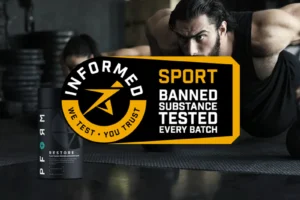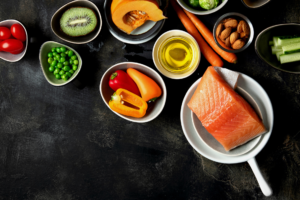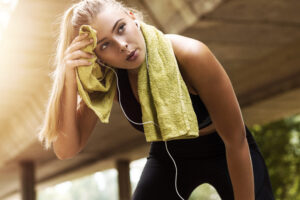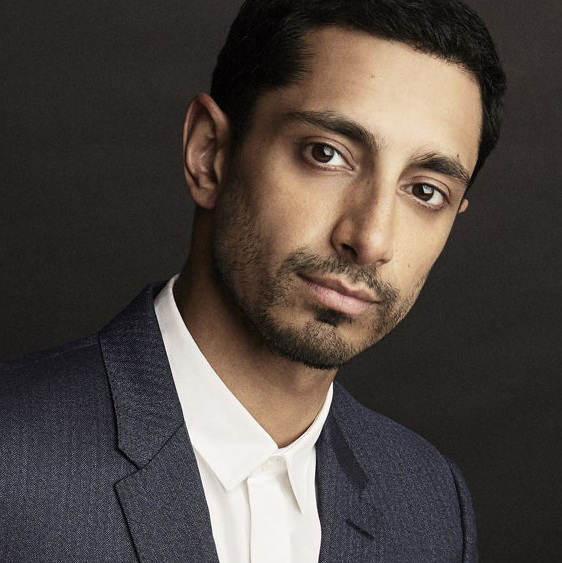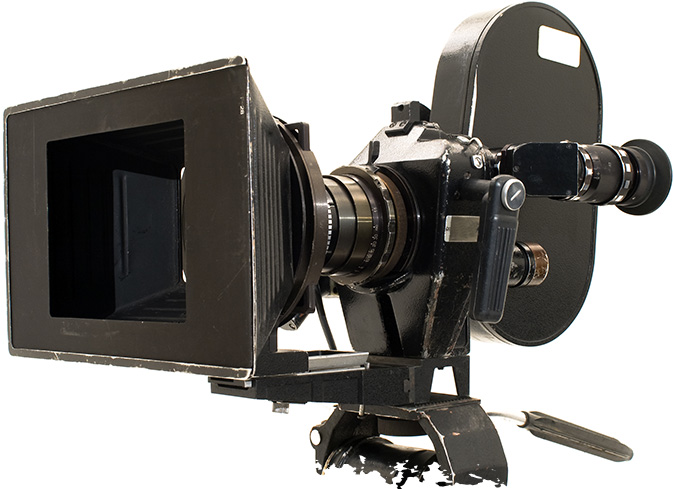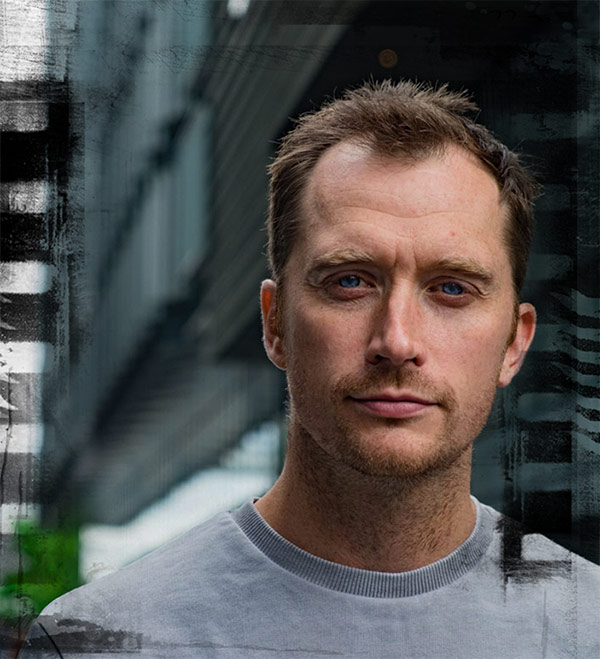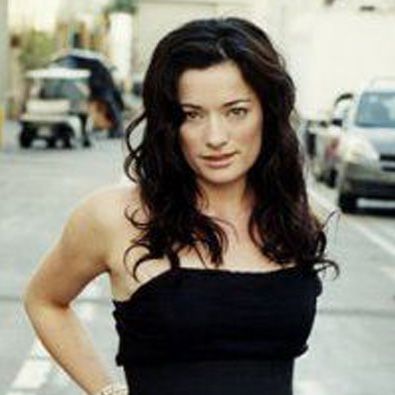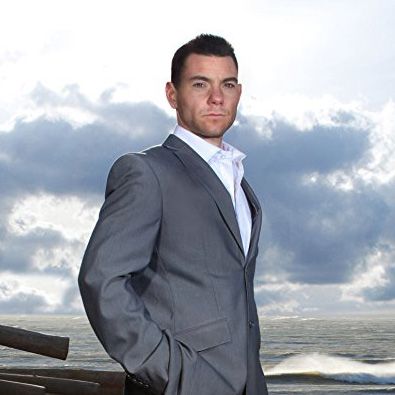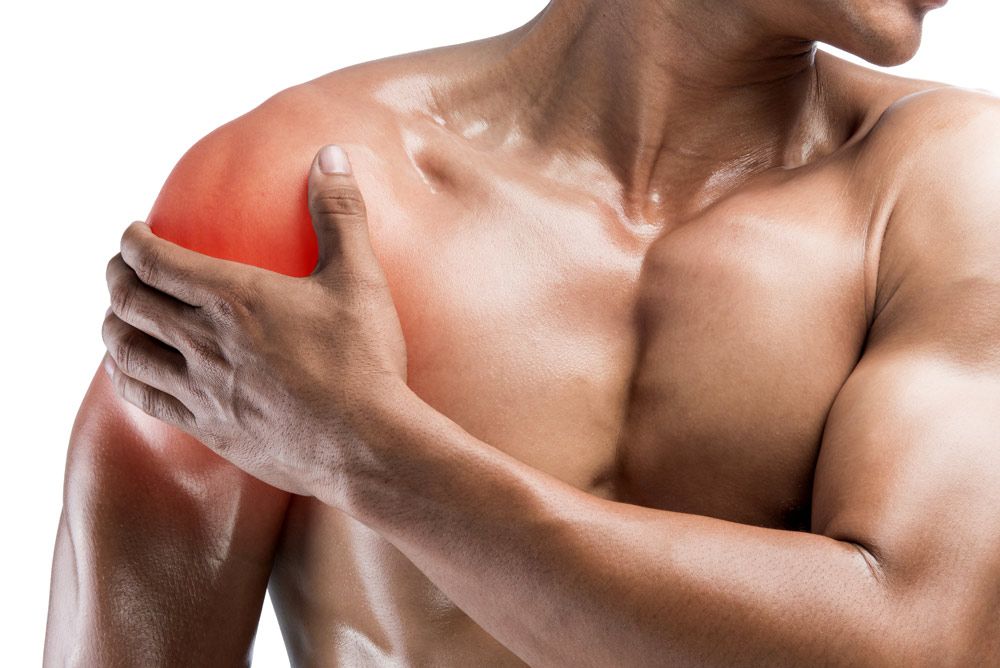
The Bullet Proof Body Part 3: Shoulders
If I had a penny for every time someone asked me this question, I’d have about 5p, but still, it’s almost an immediate reply whenever anyone asks if I lift weights. The bench press is like the male right of passage in the gym. If you can bench a lot, it’s like it cements your alpha status. Everyone wants a big bench and big chest. Now what if I told you your bench press doesn’t actually have as much to do with your chest and triceps as you think.
Ok so that last statement isn’t 100% true but let me explain. The pectoral (chest muscle) is simply a large muscle that moves humerus (upper arm bone) inward and around the ribcage. It gets a lot of attention because it happens to look aesthetically pleasing, but it shouldn’t be treated any differently than the other muscles that inhabit the shoulder joint. A strong press isn’t dictated by the pec’s being strong, it’s dictated by ALL the muscles around the region being strong. If there’s an imbalance in strength or length tension (how long the muscle is), then eventually the shoulder will become dysfunctional.
Think of it like this. The shoulder has muscles that pull on it from a multitude of directions. There are muscles that pull it down, forward, back and up. For the shoulder to be in an optimal position, all these muscles need to be equally strong. Let’s say you were floating on a square board in the ocean, the water is freezing cold so falling in would be disastrous. You’re sharing the board with 3 other people and it’s very difficult to move without risking tipping over. If everyone weigh’s the same, keeping everything afloat and in position would be relatively easy. However, if one person weighs 120kg and the other 3 are 75kg, it’s going to be very hard to keep everyone in position to stop the board from capsizing. The shoulder is exactly the same, all the muscles need to be equally strong, i.e. everyone needs to be the same weight.
Take away point: All the muscles around your shoulders need to be trained for the shoulder to be healthy.
Going into advanced anatomy isn’t the purpose of this article but I’m going to cover some basics so that you understand why shoulder stability training is so important. The shoulder is a ball and socket joint not too dissimilar to the hip. The difference is that the socket isn’t as deep as the hip and so the head of the upper arm is more prone to popping out (shoulder dislocation). If you cast your mind back to part 2, you will be familiar with the concept of your glutes being your roots. The rotator cuff muscles are the equivalent of the glutes in this situation, they stabilise the base structure of a joint. The chest and back muscles (pec’s and lats) attach to the upper arm and not to the shoulder, therefore training them does directly improve the position of the scapula (shoulder joint). There are certain factors that are going to dictate whether you have shoulder issues. These being; exercise, technique/form, training programme and lifestyle (posture).
If your form is bad, you’re likely to create problems. This usually comes from using too much weight, no tempo, and shorter ranges of motion. If your programme is poorly structured, i.e. mainly pressing movements, you won’t build strength throughout the entirety of the shoulder girdle. Finally if your lifestyle constantly has you in a slouched, rounded shoulder posture, you’ll favour using the muscles at the front of the shoulder joint over the back. For healthy shoulders, you need to address all of these factors. Here are my top 3 things to do for overall shoulder health and stability.
1. Open up the tight structures
If your shoulders sit forward in a rounded manner, this means that they are out of position. Before doing any pressing movements, you should ideally do some movements that realign the shoulder and put them in a more favourable position for pressing or rowing. I like to use loaded stretches for 5-10 minutes as a warm up before any upper body training sessions. This may look like this:
- A1) 30° Incline Chest Flys 2 sets of 10 reps, 3 second pause at the bottom when chest is most lengthened
- A2) Half Range Dumbbell Pullovers 2 set of 10 reps 2 second concentric squeeze
These movements stimulate the surrounding shoulder muscles so that they are happy to be pulled back and down (as opposed to up and forward). Doing these “priming” exercises prior to pressing can have a significant impact on performance when done correctly.
2. Strengthening internal and external rotations of the shoulder
The shoulder joint has muscles that lie on the front and back of scapula (shoulder blade). These muscles are responsible for rotating the shoulder forward (internal rotation) and backwards (external rotation). They insert on the top of the upper arm and so have a big role in stabilising the head of the humerus. The more stable this structure is, the more you can press. Strengthening these muscles with dumbbells is definitely advisable. However, I find using bands for warm up movements to be very useful and time efficient in training.
3. Carry and press stuff in an awkward way
Stability is required in an unstable environment. Now I know I will not win a Nobel prize for that statement but hear me out. When we put our shoulder in a position which requires more smaller, deeper muscles to fire, we train stability. Stability improves shoulder positioning for when we move big weights. An excellent way to do this is to carry a kettlebell but with the bottom side facing the ceiling. This bottoms up carry really challenges the grip. When the grip is working hard, the whole muscles along that structure will be working hard. This makes the bottoms up carry a fantastic shoulder stabiliser. I would do a few lengths of walking up and down before pressing in conjunction with tips 2 & 3.
So that concludes my top 3 tips for shoulder health. If you follow the principles in this article you will be well on your way to constructing bullet proof shoulders that are capable of pressing heavy weights and more withstanding to injury.
